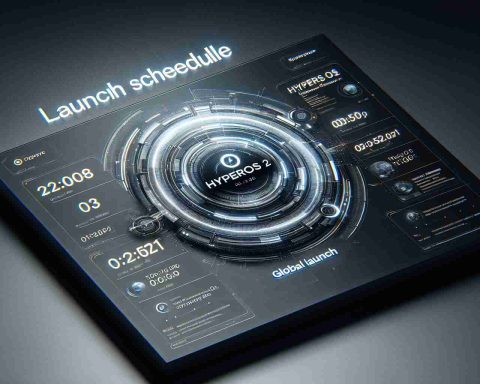Idaho boasts a variety of internet service providers, each offering distinct plans to cater to the diverse needs of residents. Sparklight has emerged as a strong choice for many due to its wide-ranging high-speed network and attractive introductory rates that come without elaborate contracts or stringent data caps.
For affordability and speed, Ziply Fiber stands out, showcasing remarkable pricing for internet service. Their basic plan provides 100 Mbps for merely $20 per month, while their premium options reach mouth-watering speeds of up to 50,000 Mbps, although pricing can be steep, starting at $900.
Other notable players in Idaho’s internet landscape include Quantum Fiber and T-Mobile Home Internet. These providers each offer unique benefits that may align with specific user needs depending on geographical location.
While cable internet is quite popular, particularly Spectrum, which delivers reliable service in limited areas, fixed wireless options like Rise Broadband fill the gap for rural residents. For those who lack nearby wired services, Rise delivers competitive speeds without the drawbacks of satellite internet.
Ultimately, Idahoans seeking internet service should consider the variety of available options, from budget-friendly plans to high-speed choices. The evolving landscape ensures that users can find a suitable plan tailored to their requirements, making connectivity achievable across the state.
Exploring Internet Options in Idaho: Understanding the Landscape
As the digital world continues to evolve, Idaho residents face an array of choices when it comes to internet service providers. The state’s geography, including its vast rural areas and urban centers, presents unique challenges and opportunities in delivering internet options.
Key Questions and Answers
1. What types of internet service are available in Idaho?
– Residents in Idaho can access several types of internet services, including cable, fiber optic, DSL, fixed wireless, and satellite internet. Each type caters to different needs based on location and budget.
2. How can residents determine the best plan for their needs?
– Users should consider factors such as speed requirements, usage frequency, and budget constraints. Tools like online comparison websites can help users assess various plans and read reviews from other subscribers.
3. What are some challenges faced by internet providers in rural areas?
– One significant challenge is the cost of infrastructure, which can be disproportionately high in less populated regions. Additionally, the lower population density means potential providers have fewer customers to sustain business operations.
Key Challenges and Controversies
While Idaho is rich in internet options, challenges persist. The primary controversy surrounds equity in access to high-speed internet, particularly in rural areas where service can be limited or non-existent. This digital divide affects education, business opportunities, and access to information. Furthermore, some areas are still reliant on outdated technologies, impacting overall internet performance and user satisfaction.
Moreover, the rollout of new technologies, such as fiber optics, faces resistance due to costs and geopolitical factors. Questions remain about regulatory frameworks and their ability to keep pace with technological advancements.
Advantages and Disadvantages
Advantages:
– Diverse Choices: Idaho residents can choose from a variety of ISPs that cater to different needs and budgets.
– High-Speed Options: With providers like Ziply Fiber offering exceptionally high-speed plans, users can access reliable and fast internet service.
– Rural Connectivity Solutions: Companies like Rise Broadband address the connectivity needs of rural populations, providing essential service when traditional high-speed options are unavailable.
Disadvantages:
– Limited Rural Coverage: Many high-speed options are not available in remote areas, leaving residents with fewer choices.
– Cost Variance: While budget-friendly options exist, high-end plans tend to be expensive, creating affordability issues for some users.
– Variable Performance: Depending on the provider and technology deployed, performance can vary widely, leading to dissatisfaction among users.
In conclusion, Idaho offers a dynamic landscape for internet services, with diverse options from various providers. Yet, challenges like regulatory gaps and woefully under-served regions persist, demonstrating the importance of ongoing dialogue about equitable internet access across the state.
For more information on exploring your options, visit Nest Wi-Fi and Speedtest for tools to assess your internet needs and compare available services.

















